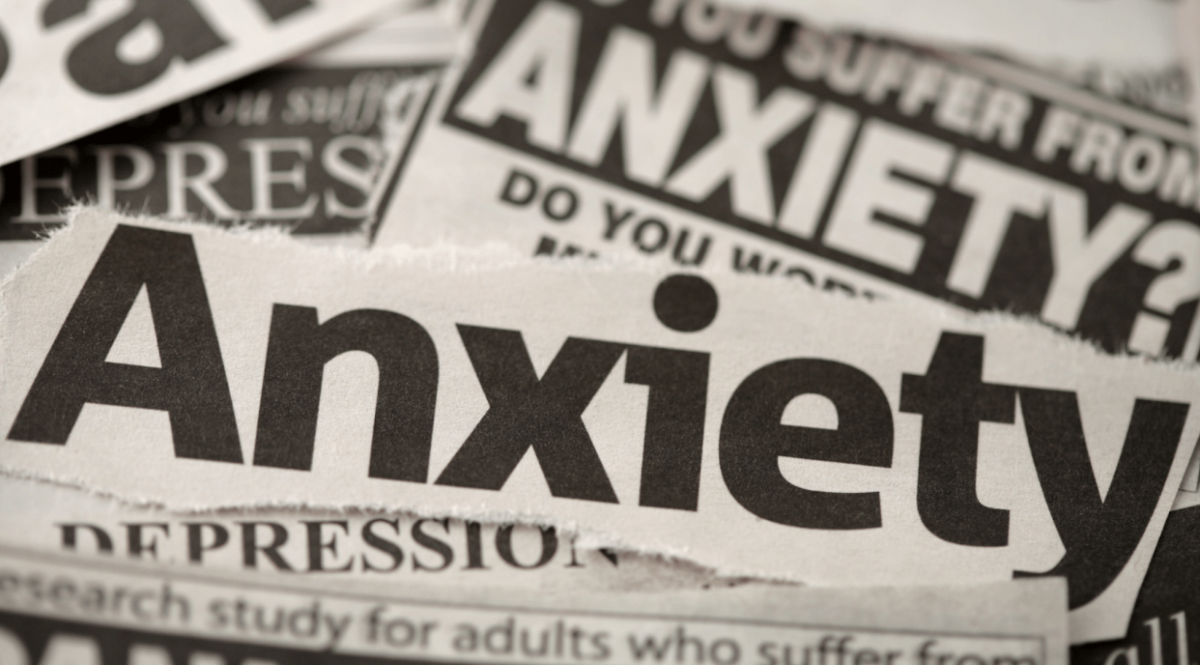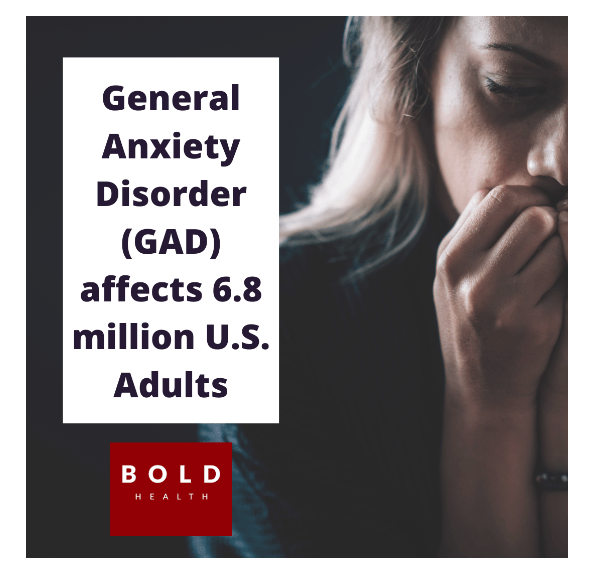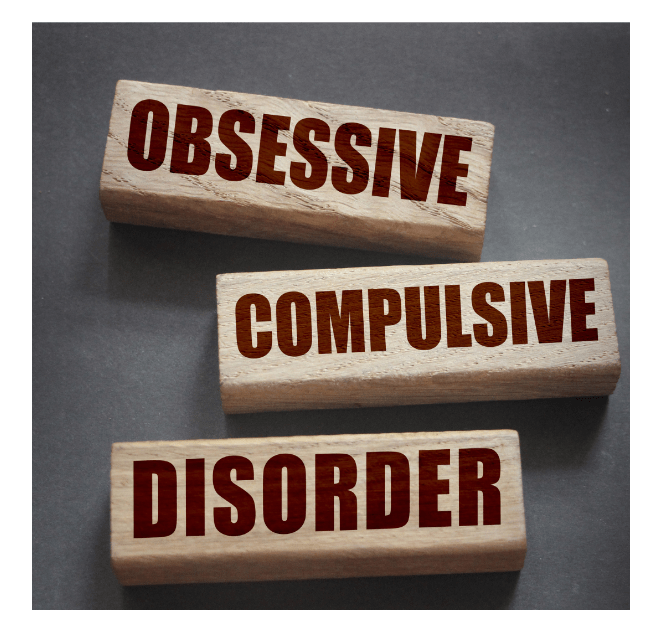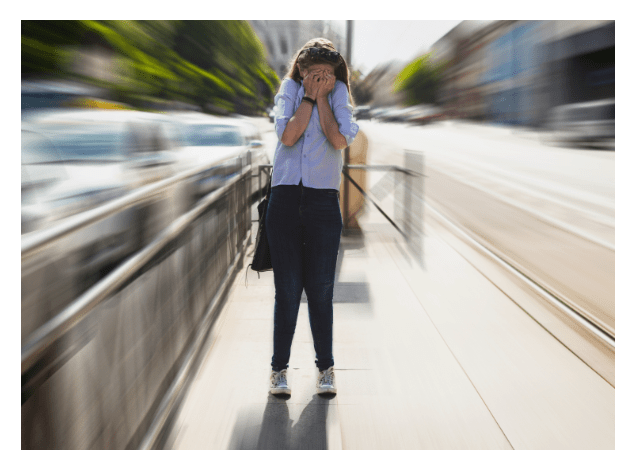

Have you ever wondered if you’re simply dealing with regular old everyday stress and worry or if you have an anxiety disorder? Some of the most common types of anxiety disorders can sneak up on you without you recognizing them, shrugging them off to worry and fear.
If you live with one or more types of anxiety disorders, you should seek help. Left untreated, your anxiety disorder can get worse. In fact, untreated anxiety disorder has been linked to an increase in
- physical illness: Living in perpetual stress and anxiety weakens your immune system, making you more susceptible to infections, colds, the flu, and other viruses.
- substance abuse: Many types of anxiety can leave you feeling like you need relief from your symptoms. Unfortunately, those with anxiety often seek solace in substances like alcohol, nicotine, and other drugs.
- suicidal thoughts: The National Alliance on Mental Illness (NAMI) revealed that over 90% of those who die by suicide have a mental illness. Whether you think of anxiety as a mental illness or not, it is. And living with it without getting the help you need can increase your risk of suicide.
So how do you know if you have an anxiety disorder? Well, as you’ve likely heard, information is power. When you know about the types of anxiety disorders and their symptoms, you arm yourself with the ability to recognize them.
Recognizing the Different Types of Anxiety Disorders
In our ever-changing post-pandemic society, it’s easy to understand why 31% of American adults reported at least one symptom of anxiety or depression in June of 2020. Things haven’t changed a whole lot since then, either.
Anxiety disorders interfere with all aspects of your life. The symptoms of anxiety make you uncomfortable physically and mentally, and they also negatively impact school or work performance, relationships, and your health.
Some of the most common anxiety symptoms include
- panic
- excessive worry and fear
- racing thoughts
- insomnia
- muscle tension
- restlessness
- shortness of breath
- headache
- stomach ache
- heart palpitations
Not all types of anxiety disorders include every symptom listed. So it’s a good idea to have a general understanding of each one so you can better recognize what you may be experiencing.
Where to Go to Get Quality Anxiety Treatment in San Diego

General Anxiety Disorder (GAD)
When you have GAD, you experience excessive worry about several different areas of your life – your job, the state of the world, your relationships, your health, etc. The list could go on and on.
With general anxiety disorder, you can’t control these worries, no matter how hard you try. GAD makes it difficult to focus, so it can severely impact your school or work performance. (And if you worry about that, it’s a self-fulfilling prophecy.) All of this worry often leads to physical symptoms like headaches, stomach aches, irritability, and muscle tension.
Do You Really Know If You’re Masking Depression and Anxiety?
As the most common type of anxiety disorder, GAD affects approximately 6.8 million U.S. adults.
Panic Disorder
This type of anxiety disorder can be extremely debilitating as it is characterized by frequent and unexpected panic attacks. When you have a panic attack, you may experience:
- chest pain
- heart palpitations
- sweating
- shaking
- shortness of breath
- a sense of being out of control
- feelings of impending doom
- dizziness
- abdominal distress
It’s important to note that having panic attacks doesn’t necessarily mean you have panic disorder. However, it may be the case if you experience them frequently.
Square Breathing to Reduce Anxiety | Spenser Gabin, AMFT
Social Anxiety Disorder
Also called social phobia, this type of anxiety disorder presents itself by making you persistently fearful of being evaluated and judged by other people. If you have social anxiety disorder, you likely feel highly uncomfortable when interacting with others. You may be fearful of saying or doing something to embarrass yourself.
Social anxiety disorder can lead to you avoiding all social situations, leaving you isolated and lonely.
Obsessive Compulsive Disorder (OCD)

You’ve likely heard of obsessive-compulsive disorder, and perhaps you’ve experienced some obsessive tendencies now and again. But when you officially live with OCD every day, your life can be challenging to manage, thanks to the repetitive thoughts and compulsive actions you can’t seem to control.
Your compulsions often lead to you repeating an action or thought over and over again in an attempt to relieve anxiety. You may say a phrase to yourself repeatedly or feel the need to turn a light switch on and off four times before leaving a room. And if you have OCD, you may also think something terrible will happen to you if you don’t do or think these things.
Post-Traumatic Stress Disorder (PTSD)
PTSD stems from a particular trauma. It could be experiencing or witnessing a terrible accident, being in combat, sexual abuse, near-death experiences, neglect, or any other traumatic event. Symptoms of PTSD include:
- bad dreams or nightmares
- difficulty sleeping
- anger for no apparent reason
- flashbacks
- tension and anxiety
- troubling thoughts
While the symptoms of PTSD typically begin within three months of the trauma, they may not present themselves for months or even years.
How to Check-In With Yourself and Your Anxiety
Separation Anxiety Disorder
Typically, you hear about separation anxiety in children. While it’s true many children experience this type of anxiety disorder, adults can also have separation anxiety.
As an adult with separation anxiety disorder, you experience extreme worry and fear about something bad happening to a loved one. This fear and anxiety not only happens when you’re apart but also while you’re together.
Agoraphobia
This type of anxiety disorder can present itself in a number of ways. No matter how it may affect you, you feel an intense fear when in certain situations. Some of these situations include:
- enclosed spaces
- open spaces
- public transportation
- crowds
- being outside of your home
When you have agoraphobia, you likely avoid any of the above situations for fear of experiencing panic-like symptoms. When you have severe agoraphobia, you may find it extremely challenging to ever leave your house.
How an IOP Can Help You Overcome Anxiety Disorders

Getting Help for Anxiety Disorders
When seeking help for anxiety disorders, you have many options. Anxiety is 100% treatable through one or more of the following treatment methods:
- Psychotherapy – Anxiety can be addressed and treated using several forms of psychotherapy. Whetther you talk with a therapist, social worker, psychologist, or psychiatrist, they can help you identify what is troubling you and teach you new ways of coping.
At BOLD Health, we have an exceptional team of experts who can supply you with help for any type of anxiety disorder.
- Medication management – There are many medications proven to help relieve anxiety. At BOLD Health, we offer the option of medication management as part of your anxiety treatment in San Diego. Because our team has such extensive experience in several fields, your anxiety treatment plan can include both medication management and therapy.
- IOP for anxiety – If you need more intensive treatment for anxiety, our anxiety IOP in San Diego may be a good fit for you. The more rigorous program means more structured individual, group, and possibly family therapy sessions as well as optional medication management.
If you are looking for anxiety treatment in San Diego, look no further than BOLD Health. Whether you need a highly structured program like our IOP in San Diego, or you’re looking for psychotherapy or medication management to help with your anxiety disorder, we can help.

At BOLD Health, we curate an anxiety treatment program based on your individual biological, genetic, and history. Together, we’ll not only help you overcome your anxiety now and in the future, but we’ll help you better understand why you feel the way you feel and how you can change for the better.


